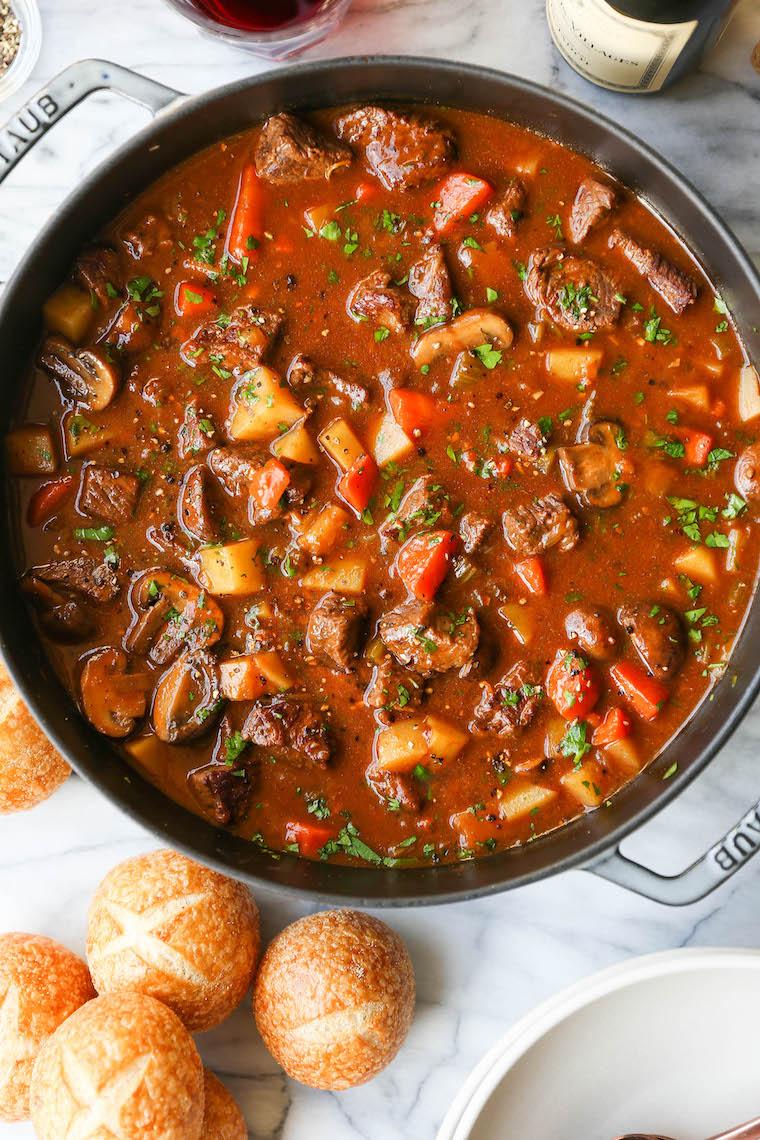
When the chill of winter settles in or the hustle of everyday life feels overwhelming, there’s nothing quite like the comforting aroma of a hearty stew simmering on the stove. Stew meat, with its rich flavors and tender texture, serves as the backbone of this timeless dish, inviting creativity and warmth into our kitchens. From classic beef chuck to tantalizing lamb and exotic cuts,the versatility of stew meat opens the door to a world of culinary possibilities. in this article, we’ll explore a range of delectable stew meat recipes that cater to every palate and occasion, proving that even the simplest ingredients can transform into something extraordinary. Whether you’re seeking a conventional family recipe or a new twist on an old favorite, join us as we delve into the heart—all while embracing the art of stewing.
Table of Contents
- The Art of Choosing the Perfect Stew Meat
- Unlocking Flavorful Combinations: Herbs and Spices for Stews
- Mastering Cooking Techniques: Slow Cooking vs. Pressure Cooking
- Creative Stew Meat Recipes from Around the World
- Serving Suggestions to Elevate Your Stew Experience
- Troubleshooting Common Stew Challenges: Tips for Success
- In Summary
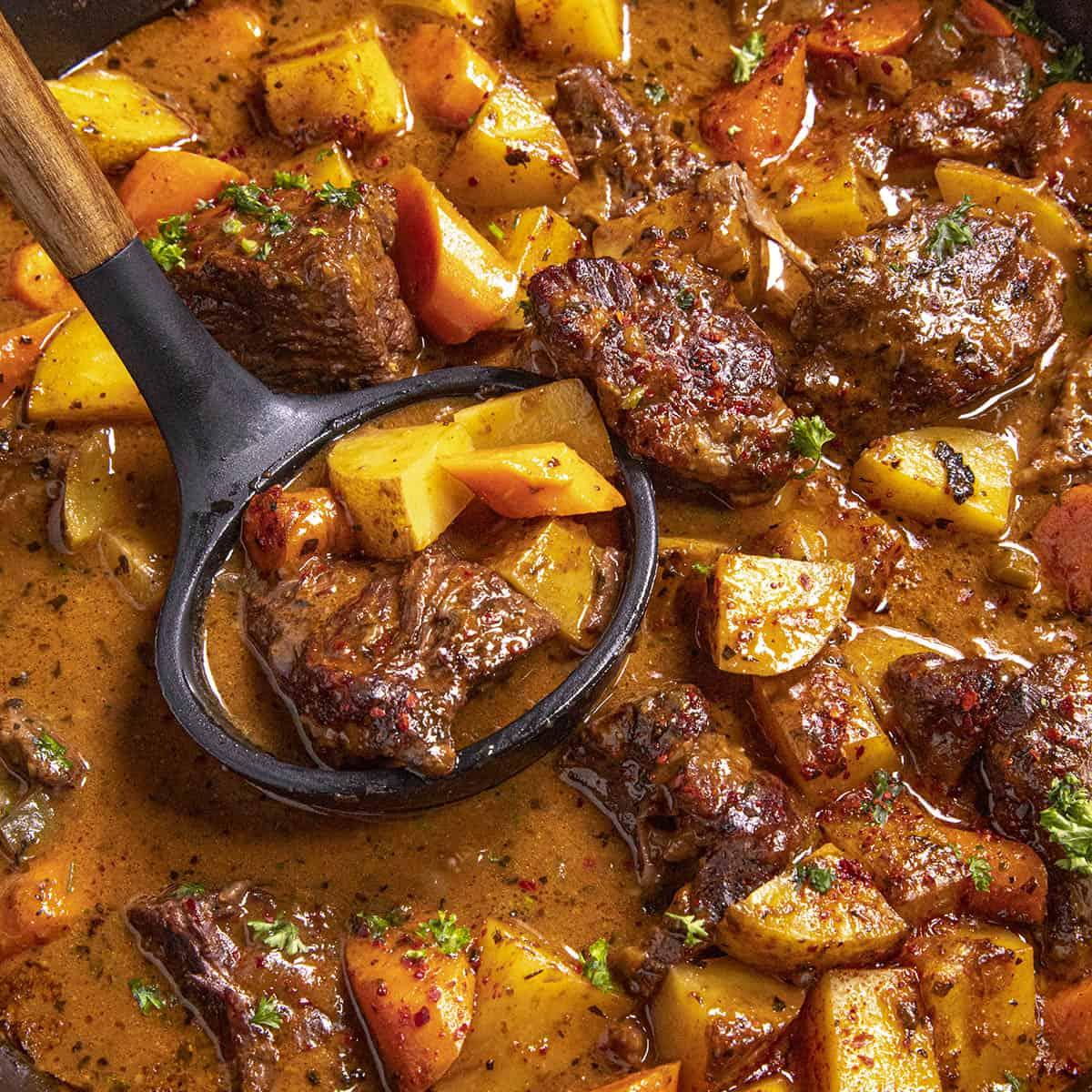
The Art of Choosing the Perfect Stew Meat
When selecting the ideal meat for your stew, it’s essential to understand the cuts that deliver the best flavor and texture.here are some key attributes to consider when choosing your stew meat:
- Marbling: Look for meat with good fat distribution, as it enhances flavor and tenderness.
- Bone-in vs. Boneless: Bone-in cuts add depth to the broth, while boneless cuts make for easier serving.
- Lean vs. Fatty: A balance of lean meat and fat will provide a rich coating for your dish without making it greasy.
Common cuts that excel in stews include beef chuck,brisket,and lamb shoulder. Each of these cuts contributes a uniquely pleasing flavor profile that melds beautifully with other ingredients. If you’re considering a more adventurous route, exotic meats can also shine in a stew. Here’s a quick comparison of popular stew meats:
| Meat Cut | Flavor Profile | Tenderness |
|---|---|---|
| Beef Chuck | Rich, beefy | Tender when slow-cooked |
| Lamb Shoulder | Herbaceous, rich | Tender with slow cooking |
| Brisket | Smoky, robust | Adequately tender with proper cooking |
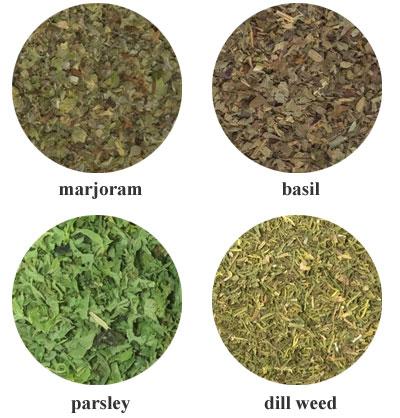
Unlocking Flavorful combinations: Herbs and Spices for Stews
When it comes to creating the perfect stew, the right blend of herbs and spices can elevate your dish from ordinary to extraordinary. A symphony of flavors can emerge by carefully selecting ingredients that complement each other. Consider incorporating rosemary, whose earthy notes pair beautifully with beef, or thyme, which adds a touch of floral brightness to poultry stews. For a hint of warmth, cumin and paprika can infuse your dish with depth, while a dash of bay leaves lends an aromatic foundation that slowly releases its essence during cooking.
Experimenting with fresh and dried herbs opens up a world of possibilities for your stew recipes. To get you started, here’s a simple overview of effective combinations:
| Meat Type | Herbs | Spices |
|---|---|---|
| Beef | Thyme, Parsley | Paprika, Black Pepper |
| Pork | Sage, Oregano | Cumin, Chili Powder |
| Chicken | Rosemary, Basil | Garlic Powder, Paprika |
| Lamb | Mint, Coriander | Cinnamon, Cumin |
Remember, the key to a triumphant stew lies in patience. Allow the flavors to meld over a low simmer, enhancing the aromatic experience. Adjust the quantities to your taste, and don’t hesitate to combine multiple varieties for a personalized touch. The heart of each bowl of stew is the unique flavor profile you create,making each meal a new adventure.
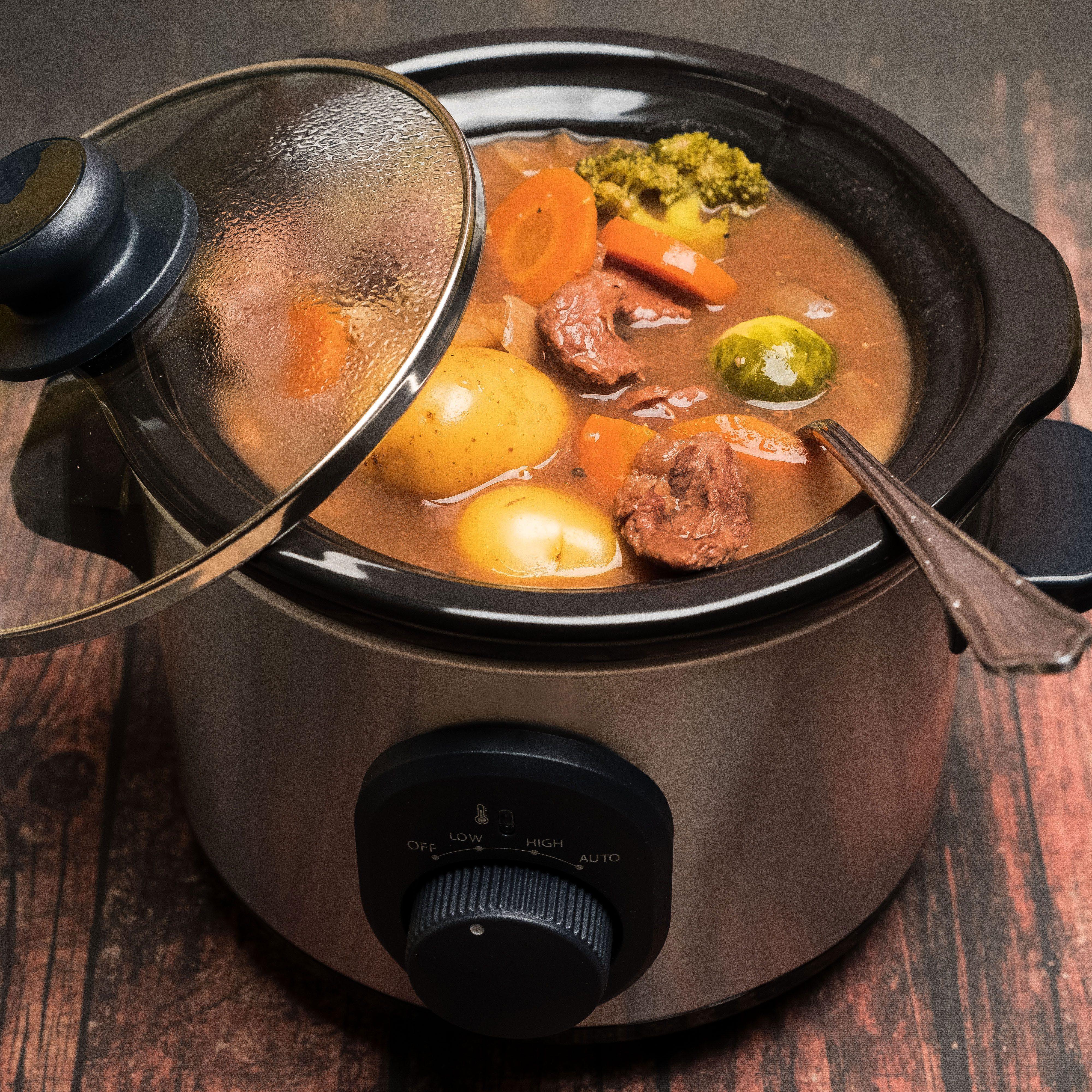
Mastering Cooking Techniques: Slow Cooking vs. Pressure Cooking
When it comes to preparing flavorful stews, choosing the right cooking technique can make all the difference. Slow cooking allows your ingredients to meld beautifully over several hours, resulting in tender, well-developed flavors.You can simply throw your stew meat into a slow cooker with your choice of vegetables, a rich broth, and seasonings, then let it work its magic while you focus on other tasks. This method is perfect for those who appreciate a hands-off cooking experience and enjoy coming home to a ready meal.Key elements of a successful slow-cooked stew include:
- Quality Meat: use cut that benefits from longer cooking times, such as chuck or brisket.
- Aromatic Vegetables: Onions, garlic, and bell peppers enhance depth of flavor.
- Liquid Choice: Broths or stocks that complement your meat and add richness.
On the flip side, pressure cooking delivers a similar outcome in a fraction of the time. ideal for those tight on time, this technique employs steam to cook food under high pressure, breaking down tougher cuts of meat in mere minutes. For your stew, you can achieve a hearty and tasty dish without waiting hours. Simply combine your ingredients in the pressure cooker, set the timer, and let the high-pressure habitat do the hard work. Key advantages of using a pressure cooker include:
- Time Efficiency: Cook stews in 30-60 minutes instead of several hours.
- Nutrient Retention: The quick cooking process preserves more vitamins and minerals.
- Enhanced Flavors: the sealed environment concentrates flavors for a rich taste.
| Technique | Time | Flavor Development | Best for |
|---|---|---|---|
| Slow cooking | 6-8 hours | Deep and complex | hands-off cooking |
| Pressure Cooking | 30-60 minutes | concentrated and bold | Quick preparation |
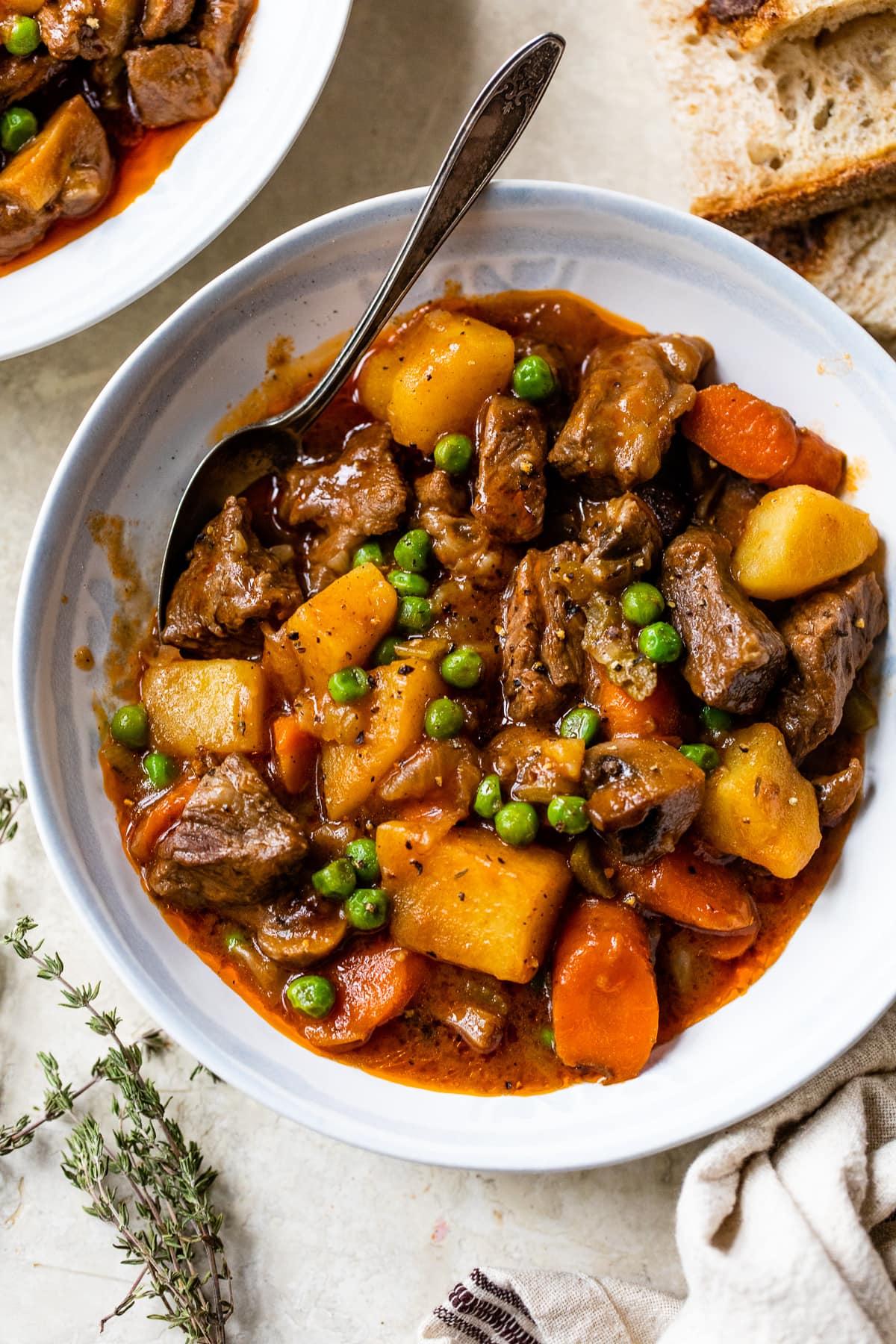
Creative Stew Meat Recipes from Around the World
Experience a flavorful journey with stew meat recipes that celebrate the essence of global cuisine. From the rich and hearty Beef Bourguignon of France, simmered slowly with red wine, mushrooms, and aromatic herbs, to the robust flavors of Indian Beef Vindaloo, which combines tender meat with a spicy, tangy sauce made from vinegar and tamarind, each dish invites you to indulge in a world of tastes. Other notable mentions include the savory Cozido à Portuguesa from Portugal, a delightful potpourri of vegetables and meats that embrace the rustic spirit of the countryside, and Pork Adobo from the Philippines, where pork is marinated and cooked in a unique blend of soy sauce, vinegar, and spices to create a deliciously complex flavor profile.
For those seeking a comforting yet exotic flair, try the classic Goulash from Hungary, characterized by its paprika-infused gravy and tender chunks of beef, or venture into the aromatic world of nigerian Pepper Soup, where stew meat is bathed in a spicy broth and served as a warming dish. Don’t forget to experiment with Moroccan Tagine, where stew meat is paired with dried fruits and spices for a sweet-savory balance, or explore the.Korean Beef Stew, also known as Galbitang, featuring tender short ribs simmered until meltingly soft, accentuated with garlic and sesame. Each recipe embodies a mashup of traditions and ingredients that reflect the unique palette of its culture.
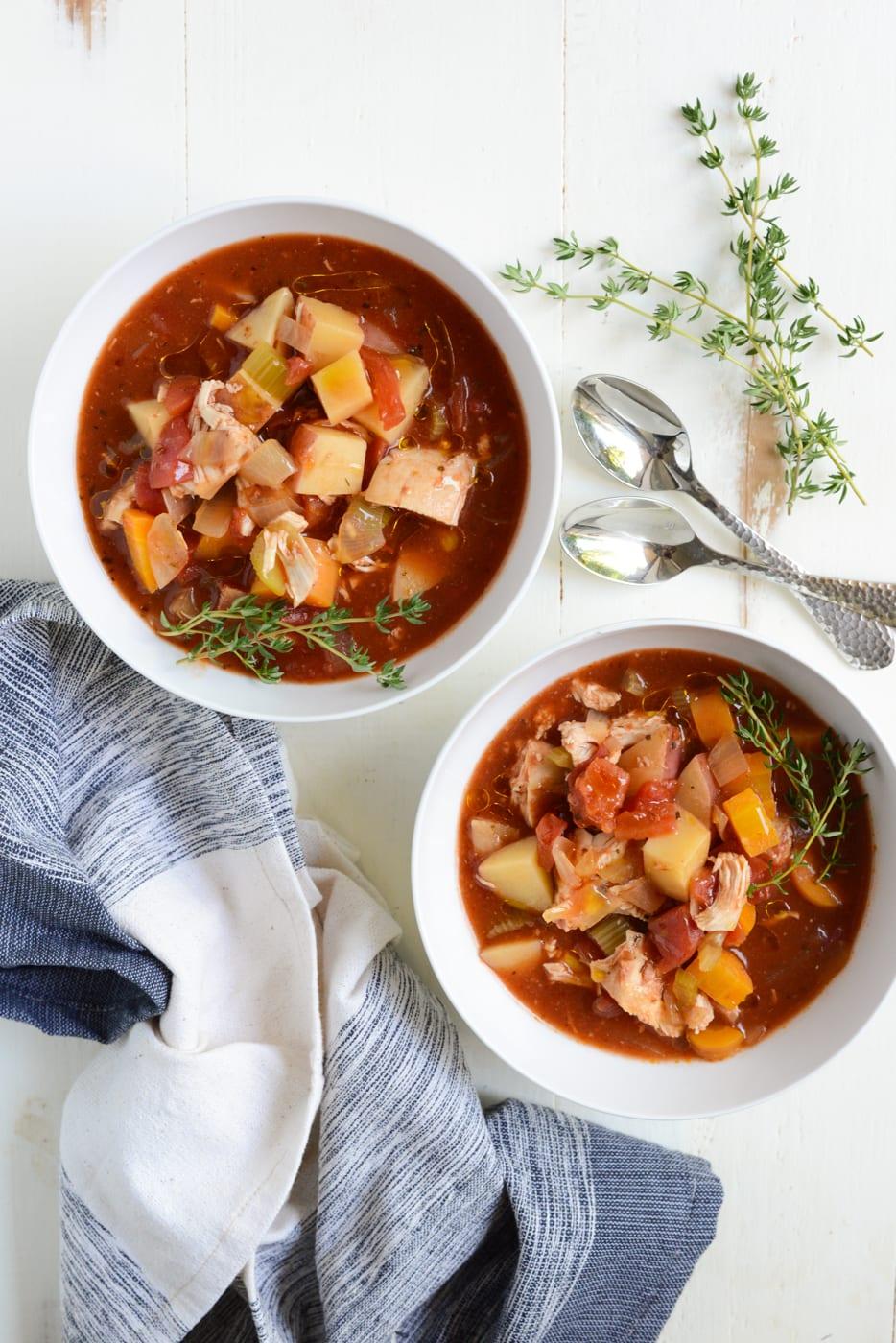
Serving Suggestions to Elevate Your Stew Experience
Transform your stew from comforting to extraordinary with a few simple serving suggestions. Try pairing your dish with crusty artisan bread or garlic bread to soak up those hearty flavors. If you’re feeling adventurous, serve your stew over a bed of creamy polenta or mashed potatoes for a delightful twist. A sprinkle of fresh herbs like parsley or thyme can brighten up the dish, while a drizzle of olive oil or a splash of balsamic vinegar adds an exquisite touch. Enhance the sensory experience by decorating the serving bowl with vibrant slices of colorful vegetables, making every serving a feast for the eyes.
To complement your stew, consider adding sides that provide a contrast in textures and flavors. A fresh green salad with a zesty vinaigrette can awaken the palate between bites. Alternatively, present a simple cheese platter featuring sharp cheeses such as aged cheddar or crumbly blue, accompanied by nuts and dried fruits for added richness.Don’t forget to offer a selection of hot sauces or seasoned vinegars to let guests customize their bowls to their liking. For a unique beverage pairing, opt for a robust red wine or a refreshing sparkling water infused with citrus or herbs.

Troubleshooting Common Stew Challenges: Tips for Success
When experimenting with stew meat recipes,there are a few common challenges you might encounter. One frequent issue is tough meat, frequently enough caused by insufficient cooking time or high cooking temperatures. To ensure tenderness, consider the following tips:
- Choose the Right Cut: Opt for cuts like chuck or brisket, which become tender during slow cooking.
- Low and Slow: Cook your stew at a low temperature for an extended period to break down tough fibers.
- Marinate Prior: Marinating the meat for several hours can help enhance tenderness and flavor.
Another common challenge is achieving a well-balanced flavor in your stew. A bland dish can overshadow the delightful ingredients you’ve selected. To elevate the taste, utilize these strategies:
- Layering Flavors: sauté aromatics like onions, garlic, and herbs before adding liquid for depth.
- Deglaze the Pan: Use wine or broth to scrape up fond from the bottom of the pot, infusing rich flavor.
- Season Gradually: Taste and adjust seasoning at various stages of cooking instead of all at once.
In Summary
As we wrap up our journey through the world of stew meat recipes, it’s clear that this humble ingredient holds the power to transform ordinary meals into extraordinary culinary experiences. Whether you prefer the comforting embrace of a classic beef stew, the vibrant flavors of a spicy pork chili, or the hearty warmth of a lamb ragù, the possibilities are as endless as your imagination.
Cooking with stew meat not only infuses your dishes with rich flavors but also invites the possibility to experiment and personalize each recipe to your liking. As you gather around the table with family and friends, let the aromas and tastes of your creations spark joy and create lasting memories.
So, don your apron, sharpen those knives, and don’t hesitate to dive into the myriad of flavor-packed recipes we’ve explored.Remember, every great stew starts with patience and a pinch of love.Happy cooking!
